Montana, the fourth-largest state in the United States, is renowned not only for its magnificent natural landscapes but also for its rich and diverse history. From the traces of Native American cultures and tales of arduous Western conquest to the development of mining and agriculture, Montana is a living historical treasure trove awaiting exploration. If you are a history enthusiast eager to delve into the glorious past of the American West, Montana is an unmissable destination. Join “Du lịch khắp thế gian” as we highlight some of the oldest historical places in Montana, where time seems to pause, narrating captivating stories of this land.
Glacier National Park – A Testament to Time and Climate Change
Glacier National Park, located in northwest Montana bordering Canada, is not only a masterpiece of nature with its majestic mountains, pristine lakes, and spectacular glaciers, but also a region steeped in geological and ecological history. Formed millions of years ago by geological and glacial activity, Glacier preserves traces of climate change over millennia.
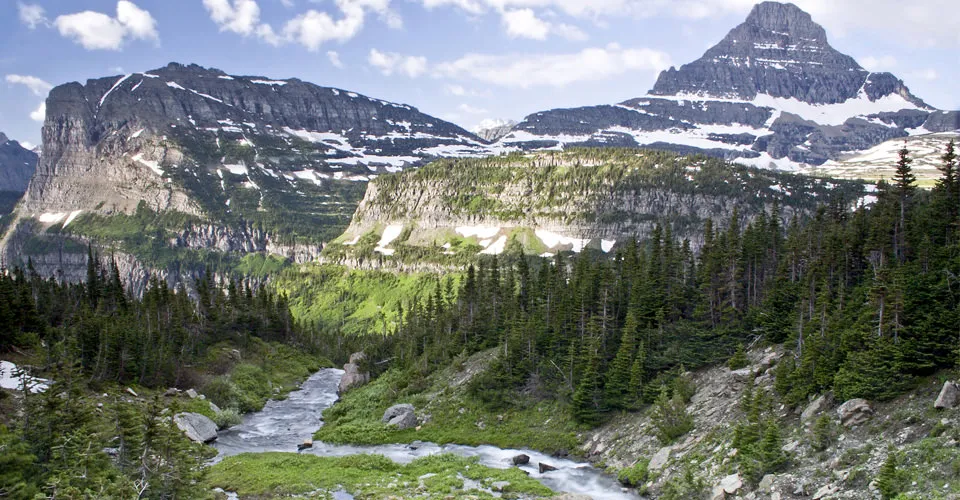
From ancient times, this land has been home to Native American tribes such as the Blackfeet, Kootenai, and Salish. They were deeply connected to the nature here, considering Glacier a sacred land and their source of life. In the 19th century, white explorers and traders began to set foot in Glacier, paving the way for tourism development later on. In 1910, Glacier National Park was officially established, becoming one of the first national parks in the United States, with the aim of preserving the pristine natural beauty and historical and cultural heritage of this region. Today, when visiting Glacier, tourists can not only admire the stunning scenery but also learn about the park’s history of formation and development, as well as the conservation efforts for glaciers that are gradually melting due to climate change.
Helena – Historic Capital with Gold Rush Imprints
Helena, the capital of Montana, is a city deeply marked by the history of the 19th-century gold rush. Founded in 1864 by a group of unsuccessful gold miners at Alder Gulch, Helena quickly developed into a bustling gold mining center. The name “Helena” is believed to have been given by one of the city’s founders after his hometown in Minnesota, or after the island of St. Helena, where Napoleon Bonaparte was exiled.
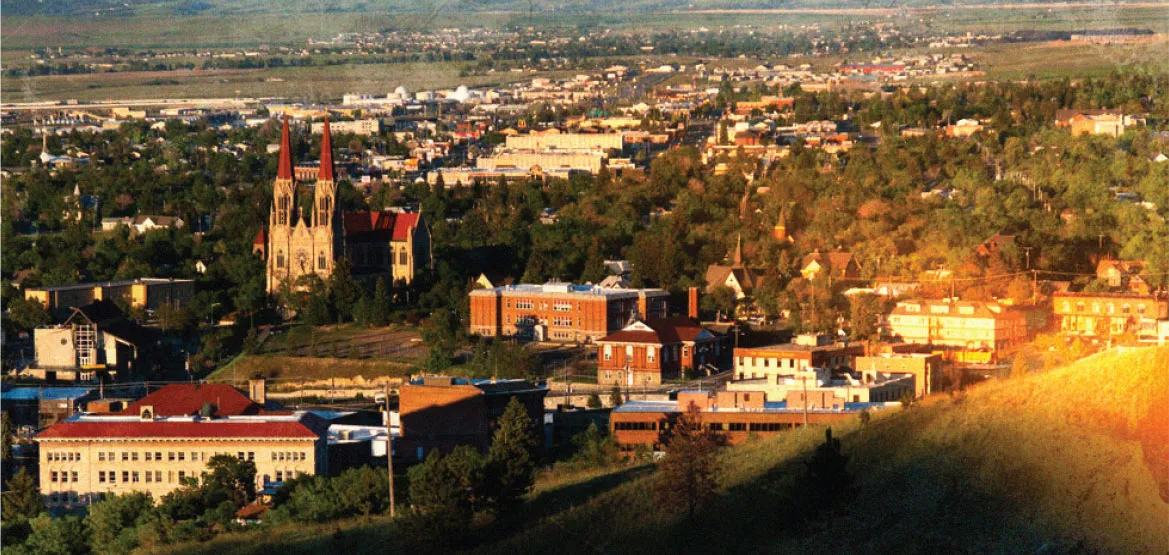
In its early years, Helena became wealthy and prosperous thanks to gold. Historic buildings, old streets, and stories of Western pioneers are still preserved today, creating a special charm for this city. Visitors can explore the Last Chance Gulch pedestrian area, once a bustling gold mining center, discover the magnificent Montana State Capitol, or learn about local history at the Montana Historical Society Museum. Helena is not only an administrative capital but also a living museum of Montana’s history.
Livingston – Railroad Town and Western Culture
Livingston, located on the banks of the Yellowstone River and near Yellowstone National Park, is a town with a history closely linked to the development of the railroad industry and Western American culture. Founded in 1882 when the Northern Pacific Railway extended its line to this area, Livingston quickly became an important railway hub, serving as a gateway to Yellowstone National Park.
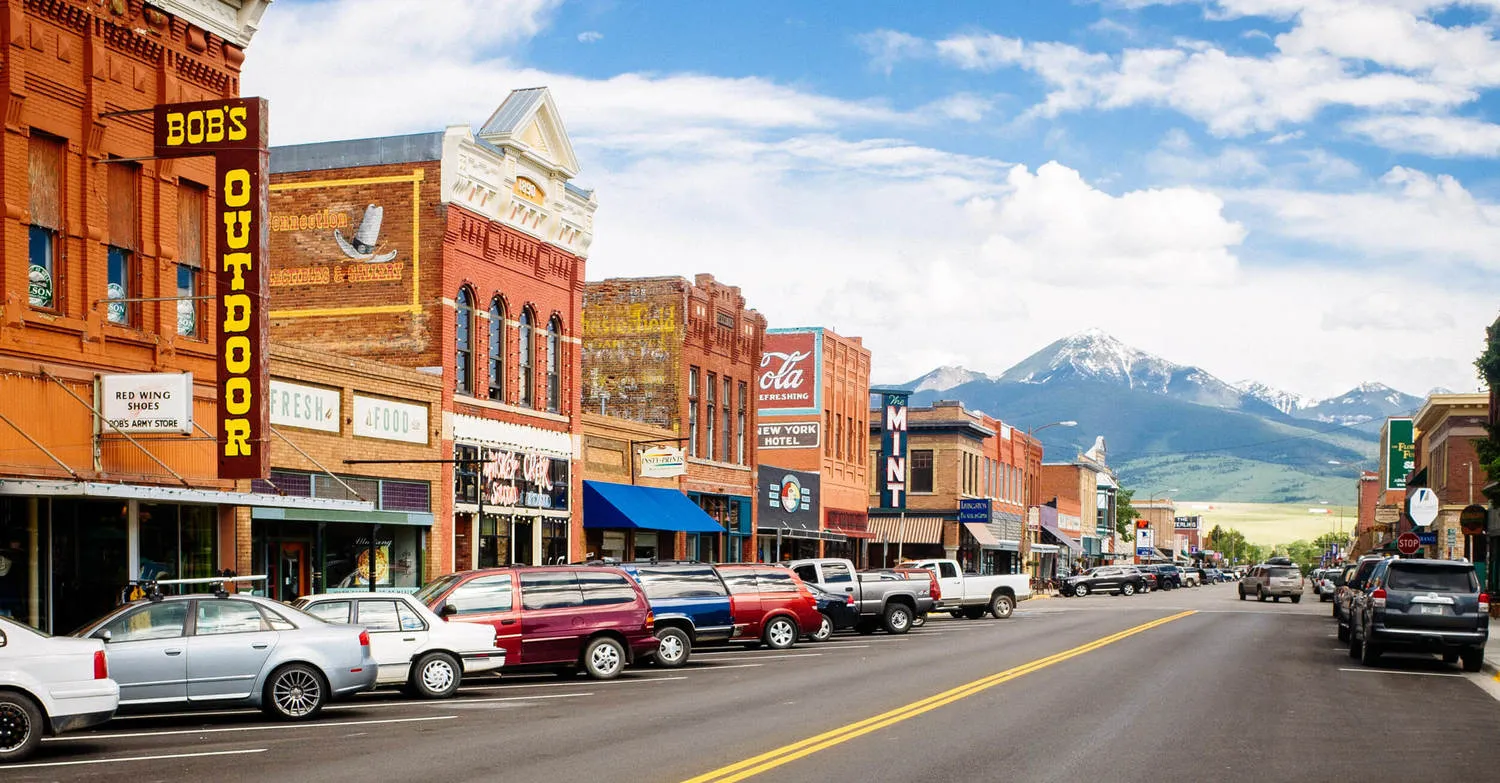
Throughout the 19th and 20th centuries, Livingston was a bustling town with many saloons, hotels, and shops serving railway workers, tourists, and ranchers. This town was also home to many famous figures in Western culture, including writer A.B. Guthrie Jr., who won the Pulitzer Prize for his novel “The Big Sky” about life in the wild West. Today, Livingston still retains the charm of an old Western town with historic buildings, a railroad museum, and art galleries. Visitors to Livingston can explore railway history at the Depot Center Railroad Museum, visit local art galleries, or enjoy the natural beauty of the Yellowstone River and surrounding mountains.
Missoula – Historic River Junction and Cultural Hub
Missoula, known as the “Garden City” of Montana, is located at the confluence of three rivers: the Clark Fork, Bitterroot, and Blackfoot. This unique geographical location has made Missoula an important trading point and a human settlement for thousands of years. Native American tribes such as the Salish and Kalispel once lived and exploited natural resources in this area.
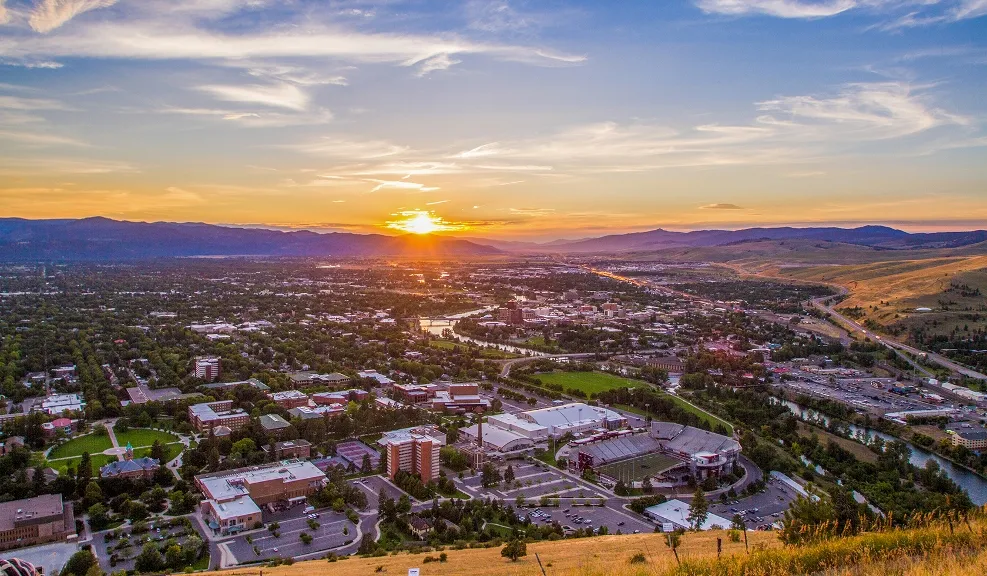
By the 19th century, Missoula developed into an important commercial and agricultural center of Montana. The establishment of the University of Montana in 1893 transformed Missoula into a leading cultural and educational center of the state. Today, Missoula is a vibrant city with a harmonious blend of natural beauty and urban culture. Visitors can explore the Downtown Missoula historic district with its historic buildings, visit the Missoula Art Museum, or learn about local history at the Historical Museum at Fort Missoula. In addition, Missoula is also an ideal destination for outdoor enthusiasts with many opportunities for hiking, biking, fishing, and kayaking on the scenic rivers.
Lewis & Clark Caverns State Park – Explore Ancient Limestone Caves
Lewis & Clark Caverns State Park, located near Whitehall in southwest Montana, is Montana’s first state park and is famous for its beautiful limestone cave system. This cave was formed millions of years ago by the dissolution of limestone by groundwater, creating unique and magnificent rock formations.
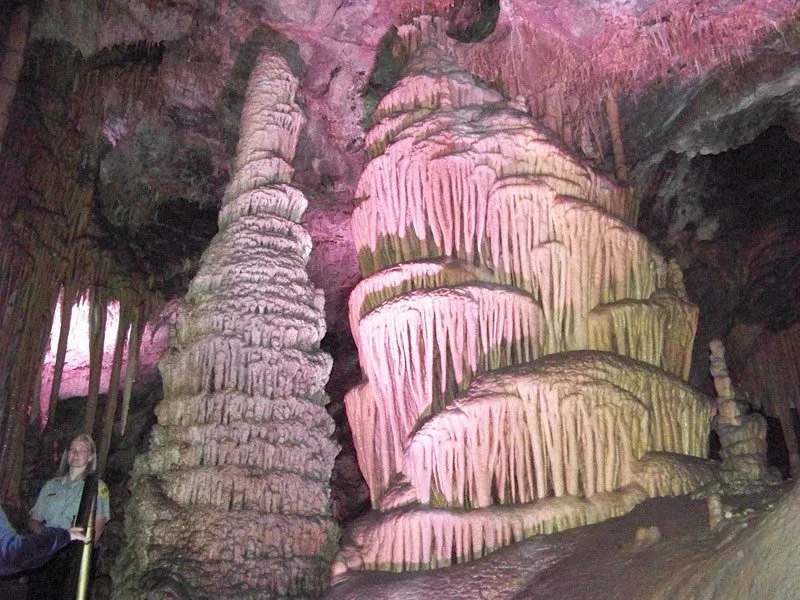
The cave was discovered in the late 19th century and quickly became a popular tourist attraction. The park is named after the famous explorers Meriwether Lewis and William Clark, although they did not directly explore this cave. However, the area around the cave was part of their historic expedition in the early 19th century. When visiting Lewis & Clark Caverns State Park, visitors can join cave tours to explore the magnificent beauty inside, learn about the cave’s formation process, and the history of exploration of this land. In addition, the park also has campsites, hiking trails, and a visitor center, offering diverse experiences for nature and history lovers.
Montana is not only an attractive tourist destination with stunning natural landscapes but also a land rich in history and culture. The oldest historical sites in Montana not only tell stories of the past but also offer visitors the opportunity to experience and explore the unique cultural heritage of the American West. Come to Montana and discover for yourself the historical imprints waiting for you across this land.